How Long Do Wood Cabins Last
- July 6, 2023
- 0 comment
Wood cabins have a timeless appeal and evoke a sense of rustic charm and natural beauty. Whether nestled in the mountains, surrounded by forests, or located by a serene lake, these structures are popular choices for vacation homes, weekend getaways, and even year-round residences. However, prospective cabin owners often wonder about the longevity of such buildings. How long can a wood cabin last? In this article, we will delve into the factors that determine the lifespan of wood cabins and explore effective maintenance practices to extend their durability.
How Long Does a Wood Cabin Last?
Wood cabins are celebrated for their durability and resilience against challenging weather conditions. On average, a wood cabin can serve for around 60 years, with some structures enduring for over a century.
Nonetheless, the longevity of a wood cabin is significantly influenced by its upkeep.
No matter the cabin’s specific design or intended use, consistent care throughout its life is vital to maintain its structural integrity.
Moreover, the cabin’s architectural layout plays a role in its overall lifespan.
Wood cabins can be designed for various climates and settings, and their construction should be tailored to those unique conditions.
It’s essential that the cabin’s design is robust enough to handle the different environments it may be placed in.
Particularly in regions with extreme weather, the quality of materials used in the cabin’s base can hint at the potential longevity of the structure.
Factors Affecting Longevity
Quality of Materials

The quality of wood used in the construction of a cabin significantly impacts its lifespan. High-quality, rot-resistant wood species like cedar, redwood, and cypress are commonly preferred due to their natural resistance to decay and insect damage. Investing in durable wood and treating it properly during construction can significantly extend the lifespan of a cabin.
Construction Techniques
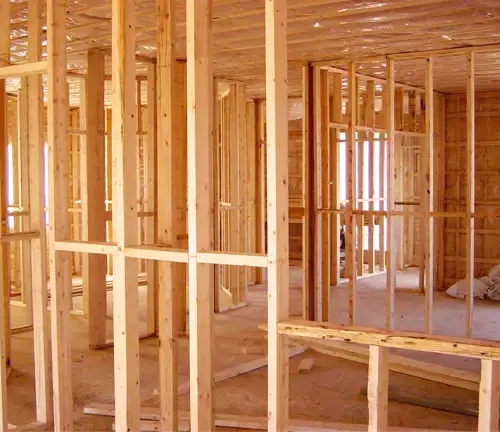
The way a wood cabin is built plays a crucial role in its durability. Proper design, foundation, and structural elements are essential. Adequate insulation, moisture barrier systems, and ventilation are also crucial factors that protect against mold, rot, and other moisture-related issues that can degrade the wood over time. Hiring experienced builders who understand the unique challenges of constructing cabins is vital.
Climate and Environment
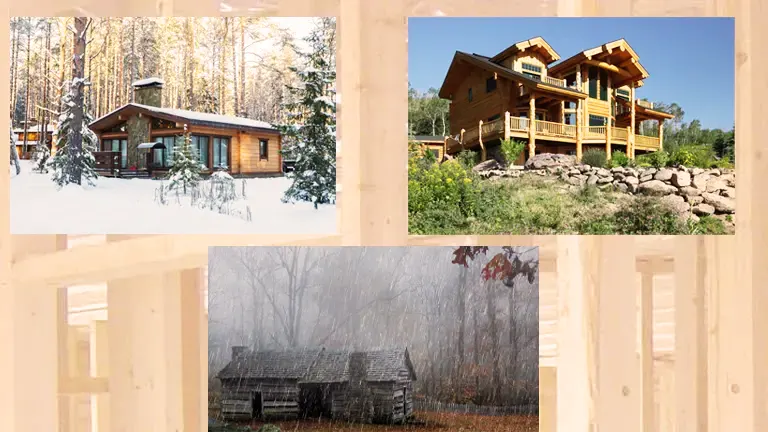
The climate and environment in which a wood cabin is located can greatly impact its longevity. Exposure to extreme weather conditions, such as heavy snowfall, high humidity, or prolonged sun exposure, can accelerate wear and tear. Cabins located in coastal areas may be subjected to the corrosive effects of saltwater, while those in wooded areas might face increased risks of insect infestations. Regular maintenance and protective measures are necessary to mitigate these factors.
Maintenance Practices for Longevity
Regular Inspection
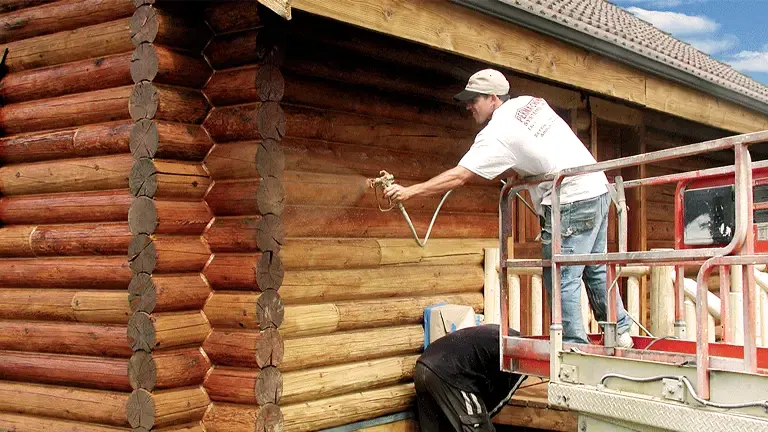
Performing routine inspections is crucial to identify any signs of damage or deterioration early on. Check for cracks, leaks, rot, pest infestations, or any other issues that may compromise the cabin’s structural integrity. Promptly addressing these issues can prevent further damage and extend the lifespan of the cabin.
Sealing and Staining

Wood cabins require periodic sealing and staining to protect them from moisture damage, UV rays, and insect infestations. Applying a quality wood sealant or stain every few years helps maintain the wood’s integrity, preventing water penetration and reducing the risk of rot or decay.
Proper Ventilation
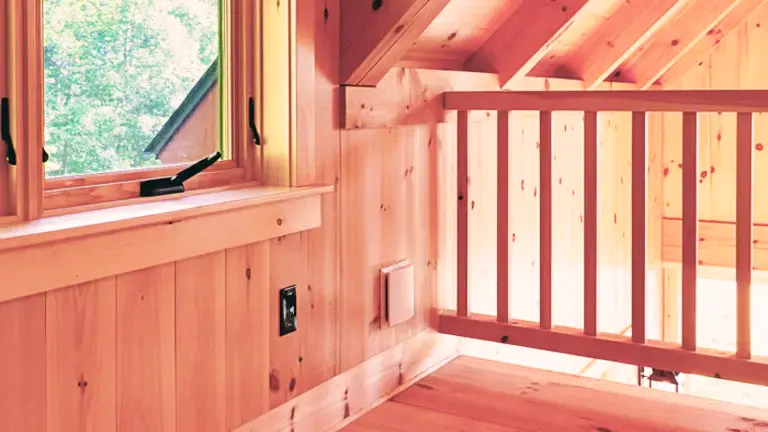
Adequate ventilation is essential to prevent excess moisture buildup inside the cabin. Good airflow helps reduce the chances of mold growth, wood rot, and other moisture-related problems. Ensure that the cabin has properly installed vents, and periodically check and clean them to ensure they are functioning effectively.
Pest Control

Wood cabins are susceptible to various pests, including termites, carpenter ants, and wood-boring beetles. Regularly inspect for signs of infestation, such as sawdust, small holes, or weakened wood. If pests are detected, consult with professionals to eradicate the infestation and implement preventative measures.
Wood Cabins Can Last Sixty Years and Longer
Wood cabins, with their rustic charm and natural appeal, have a legacy of durability. Typically, a well-constructed and maintained wood cabin can easily last around sixty years, and many persist even longer, standing as a testament to their craftsmanship and the timeless nature of wood.
However, the longevity of a wood cabin doesn’t solely rely on the inherent strength of the timber. Regular maintenance, proper design adapted to local climates, and the quality of materials, especially in the foundation, play a pivotal role in ensuring the cabin stands robust against time and elements.
Whether placed in a moist coastal setting, a snowy mountain range, or a sun-drenched plain, a wood cabin requires a design that respects and responds to its environment. Such attention to detail can make the difference between a cabin that weathers quickly and one that becomes a generational touchstone.
Moreover, as with all structures, the base or foundation of a wood cabin is its bedrock. Using high-quality materials for this critical component can be indicative of the overall longevity of the cabin.
In conclusion, while sixty years is an impressive benchmark, with the right care, design, and materials, wood cabins can be enjoyed by multiple generations, becoming a cherished heirloom and a symbol of enduring strength.
Conclusion
While the lifespan of a wood cabin depends on several factors, including the quality of materials, construction techniques, and maintenance practices, a well-built and properly maintained cabin can last for several decades. By choosing quality materials, employing experienced builders, and following routine maintenance practices, cabin owners can ensure their cherished retreat stands the test of time. Remember, regular inspections, protective treatments, and addressing issues promptly are key to preserving the beauty and longevity of your wood cabin for years to come.
Frequently Asked Questions
- How long do wood cabins typically last? The lifespan of a wood cabin can vary greatly, but with proper maintenance, it can last for more than a hundred years. Factors that can influence the longevity of a wood cabin include the type of wood used, the quality of construction, the local climate, and how well it is maintained.
- Does the type of wood used impact the longevity of a cabin? Yes, the type of wood used can significantly impact the longevity of a cabin. Some types of wood, like cedar, cypress, and redwood, are naturally resistant to rot and insects, which can help prolong the life of the cabin.
- How does maintenance impact the lifespan of a wood cabin? Proper maintenance is crucial for the longevity of a wood cabin. Regular maintenance tasks may include sealing or staining the wood, checking for and addressing signs of pests or rot, and ensuring the roof and foundation are in good condition.
- How does climate affect the longevity of a wood cabin? Climate can have a big impact on a cabin’s lifespan. For example, cabins in areas with high humidity or heavy rainfall may be more susceptible to rot and insects. Meanwhile, cabins in very dry climates may be more prone to damage from sun exposure.
- Can I make a wood cabin last longer? Absolutely! Regular maintenance, using high-quality materials and construction methods, and addressing any signs of damage promptly can all help prolong the life of a wood cabin.
- How often should I treat the wood of my cabin to ensure longevity? This can depend on the type of treatment used and the local climate, but generally, wood cabins should be treated every 2-5 years to protect against rot, insects, and weather damage.
- What are the signs that a wood cabin is deteriorating? Signs of deterioration can include rotting wood, pest infestations, a leaking roof, sagging walls or foundation, or peeling paint or stain. Regular inspections can help catch and address these issues early.
- Are newer wood cabins likely to last longer than older ones? Not necessarily. The lifespan of a wood cabin is more dependent on the quality of materials and construction, and how well it’s maintained. An old cabin that has been well-cared-for can last just as long or longer than a newer one.
- How do I prevent rot in my wood cabin? Preventing rot in a wood cabin involves regular maintenance, including treating the wood with a sealant or stain, ensuring good ventilation to prevent dampness, and promptly addressing any leaks or signs of water damage.
- Is it worth investing in a high-quality wood for my cabin to ensure its longevity? While high-quality wood can be more expensive upfront, it can pay off in the long term by extending the lifespan of your cabin and reducing maintenance costs. Some types of wood are naturally more resistant to the common threats that cabins face, such as rot, insects, and harsh weather.
We welcome your input! Feel free to share your personal experiences and perspectives on the longevity of wood cabins in the comments section. Your insights have the potential to assist others in making well-informed choices when it comes to the lifespan of wood cabins. Your contributions are highly valued!

John Carlos
Forestry AuthorThe beauty of logging isn't just about felling trees. It's about understanding nature, mastering the art of chainsaws, and respecting the environment. I believe in sharing my experiences and knowledge, ensuring that we move towards a sustainable future together.

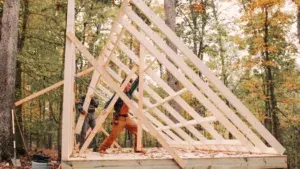
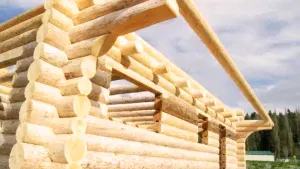
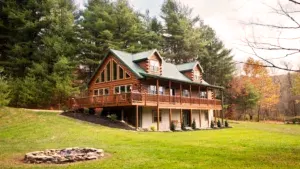
Leave your comment